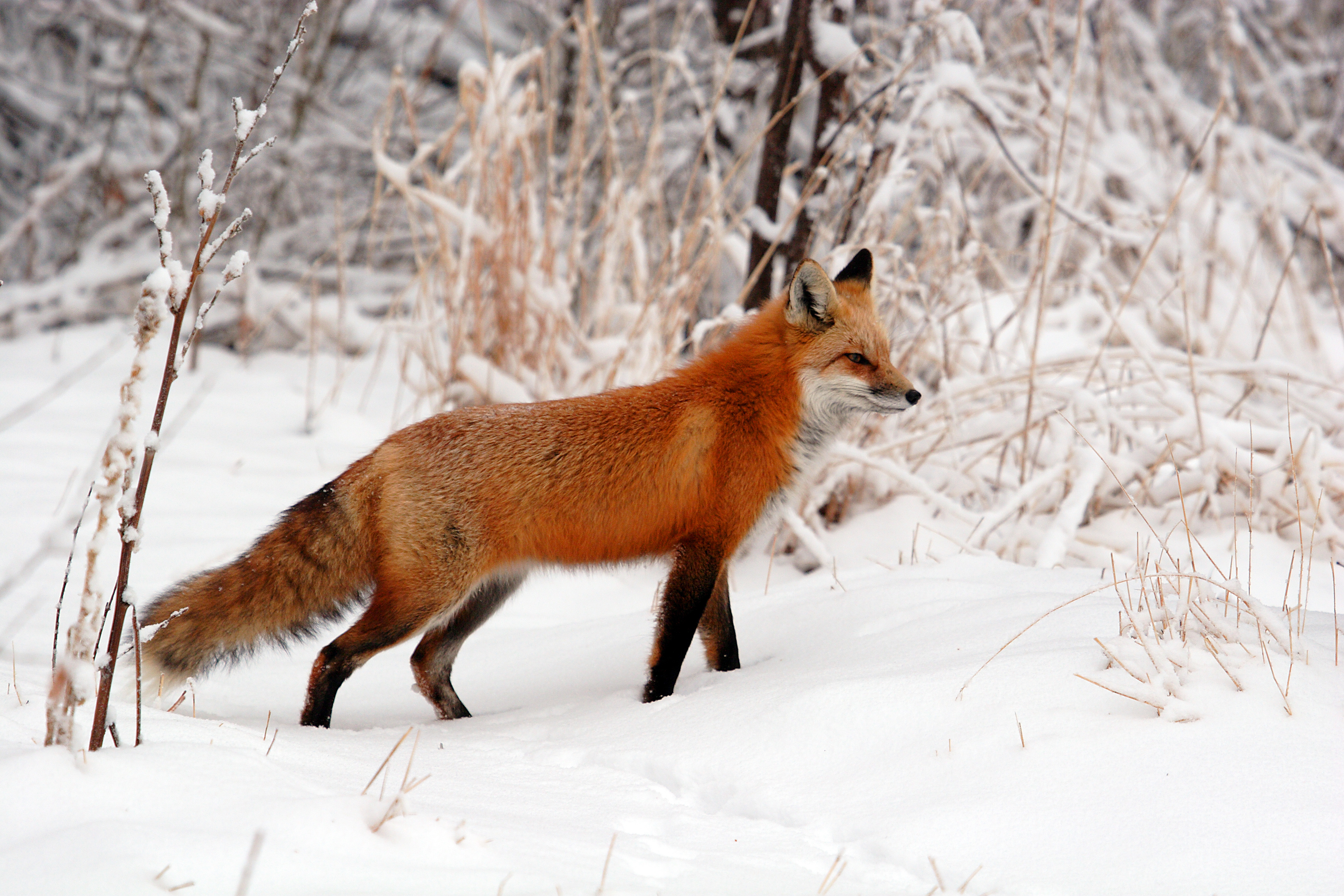Yes, when you see an animal at a state or national park it's a big deal. That's why you brought your camera. That's what you were secretly hoping to see this time.
And it's part of the thrill. From elk to porcupines, the sights are grand - but that's all there are supposed to be.
Look - don't touch - the wildlife. Don't feed them either, since you're basically signing their death warrant if you do.
A red fox living in the Grand Teton National Park was put to death by park rangers this week because it was exhibiting "bold" behavior around humans. The translation? People have been feeding this fox - and like any intelligent being started conflating humans with being fed.
Which is a big no-no for wildlife.
It's also illegal. Stop feeding animals. You're breaking a law meant to protect you and them.
According to a press release from the park, red fox numbers are up at Grand Teton. With that comes more human-fox interaction, and as such, there's a growing number of foxes without a healthy fear of humans.
Superintendent of the park David Vela hopes this execution will be a wake-up call to visitors.
"I encourage everyone to help protect wildlife by securing food sources, including dog food and fish scraps," he wrote in a press release. "And by using the 'Scare, don't stare' tactic to discourage approaching foxes."
Park rangers say that foxes - native to the area - have been spotted begging for food in developed areas and harassing anglers on Jackson Lake.
The story of the killed fox began back in the winter of 2016 as researchers started noticing more and more human encounters.
Thirteen foxes have been captured so far, all tested for disease, genetic lineage and use of natural and human foods. Some foxes were fitted with radio collars to track their movements and learn more about them.
One of these such foxes, a 2 or 3-year-old male, was known to hang out along the Jackson Lake Dam and Signal Mountain areas. Reports about this fox ranged from being given fish scraps by fisherman or raiding uncovered dog food bowls.
In the past couple of weeks, this fox even approached visitors in the dam parking lot and at least once he jumped on a vehicle to beg for food.
So, on December 28, park biologists tracked and watched the fox for two hours. It continually walked in front of moving vehicles, approached open vehicles and people, and even hung out in the road.
The fox had been fed grapes the day before, park rangers were told.
Staff then captured, immobilized and took the fox to a location unseen by visitors so it could be put down.
Park rangers briefly considered relocating the fox, but since relocated foxes continue to bed wherever they are, return to their old homes, or die of starvation fighting other foxes in the area, the decision was obvious to them.
Park staff implores all visitors to use the "scare, don't stare" tactic. That means yelling, clapping, stomping and avoiding eye contact if a fox is considering approaching humans - but ONLY if that fox is closer than 25 yards.
Please heed these words - you could save Todd's life.


